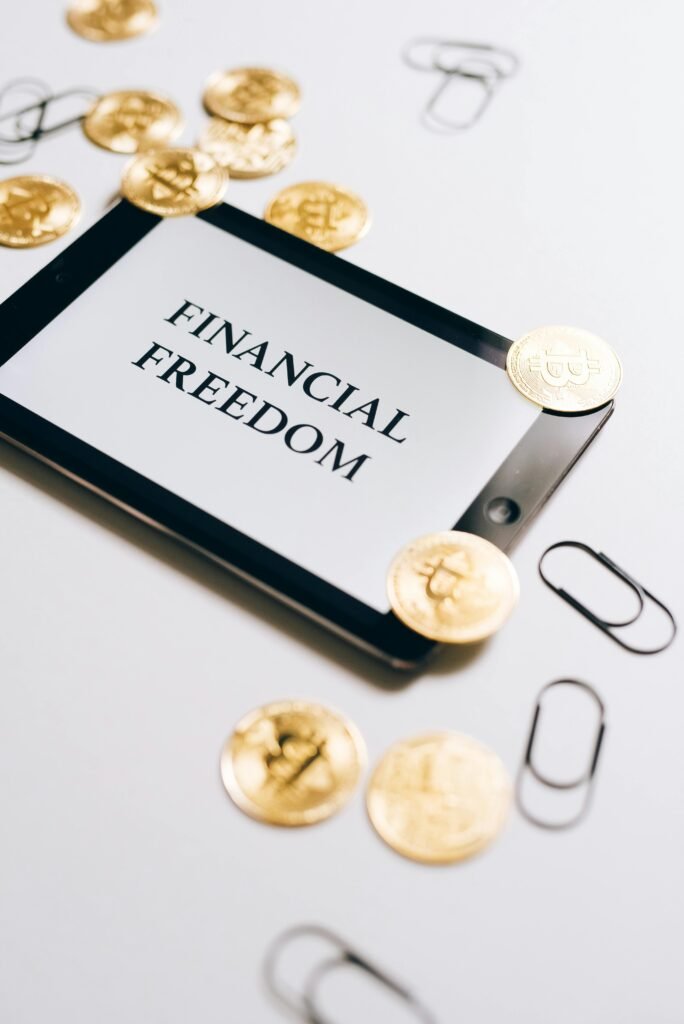Blockchain is no longer just about Bitcoin or cryptocurrencies. Over the past few years, it has evolved into one of the most powerful technologies reshaping the way businesses and financial systems operate. From secure transactions to smart contracts, blockchain is creating transparency, reducing costs, and building trust in industries where these values are most needed.
In this article, we’ll explore how blockchain is changing business and finance in 2025 and beyond.

1. What Is Blockchain?
At its core, blockchain is a digital ledger that records transactions across many computers in a secure and transparent way. Unlike traditional databases controlled by one authority, blockchain is decentralized — meaning no single party has full control. This makes it harder to hack, alter, or manipulate.
2. Improved Security in Transactions
Financial fraud and data breaches cost businesses billions every year. Blockchain reduces these risks by:
- Storing information in an encrypted and tamper-proof way.
- Providing real-time tracking of transactions.
- Removing the need for middlemen, which limits chances for manipulation.
For example, banks are now using blockchain for cross-border payments, making them faster, cheaper, and more secure.
3. Smart Contracts Revolutionizing Business Deals
One of the biggest innovations in blockchain is smart contracts. These are self-executing agreements written in code. Once conditions are met, the contract automatically runs without human interference.
Example: A supplier and buyer can set up a smart contract so that payment is released automatically once goods are delivered. This saves time, reduces disputes, and increases trust.
4. Blockchain in Finance
Banks and fintech companies are using blockchain to:
- Speed up international money transfers.
- Enable peer-to-peer lending without middlemen.
- Create new financial products like decentralized finance (DeFi).
For customers, this means lower transaction fees and faster services.
5. Business Transparency and Supply Chain
Businesses are adopting blockchain to track products from factory to consumer.
- Food companies use it to prove where their products come from.
- Fashion brands use it to fight counterfeiting.
- Logistics firms use it to track shipments in real-time.
This level of transparency builds customer trust and helps companies protect their reputation.
6. Challenges of Blockchain
Despite its benefits, blockchain still faces challenges:
- High energy consumption (especially in older models).
- Complex regulations in many countries.
- Lack of skilled professionals.
However, new eco-friendly blockchains and better global regulations are addressing these issues.
Final Thoughts
Blockchain is more than a buzzword — it’s a game-changer for business and finance. By making transactions faster, safer, and more transparent, it’s shaping the future of global trade, banking, and everyday business.
Companies that adopt blockchain early will enjoy a strong competitive advantage, while those that ignore it may be left behind.

